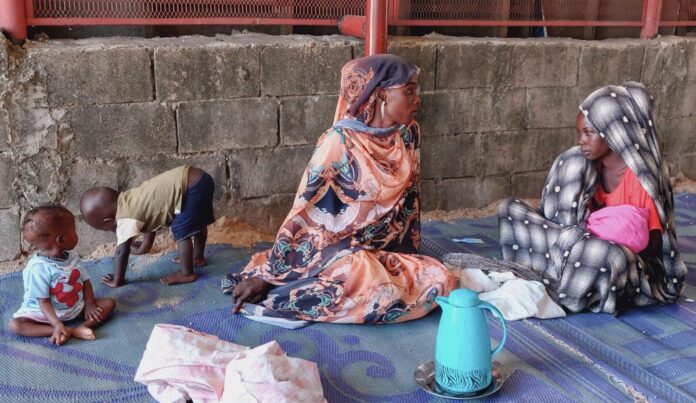KHARTOUM: More than a third of Sudan’s population will need humanitarian assistance in 2023 as displacement and hunger grow, the United Nations has said.”The number of acutely food insecure people continued to increase for the third year in a row,” said the UN’s humanitarian aid agency OCHA in a report published Sunday.Around four million children under the age of five, as well as pregnant and lactating women were among the most vulnerable and in need of “lifesaving nutrition services in 2023,” it said.Sudan was already one of the world’s poorest countries when the international aid on which it depended was cut in late 2021, in response to a military coup that derailed a fragile democratic transition.”About 15.8 million people — roughly a third of the population — will need humanitarian assistance in 2023. This increase of 1.5 million people compared to 2022 is the highest since 2011,” OCHA said.In addition to conflict that has displaced millions, hunger and malnutrition, Sudan is one of the countries hardest hit by climate change in the world.Widespread flooding last year has affected some 349,000 people, according to the UN, sparking a surge in diseases, contributing to growing displacement and further straining the economy.Cases of malaria “crossed the epidemic threshold in 14 states” out of Sudan’s 18, twice as many as 2021, OCHA said.Sudan grappled with chronic hardships under the regime of Omar Al-Bashir, who was ousted in 2019. His three-decade rule was marked by internal conflicts, government mismanagement and punishing international sanctions.Economic troubles deepened following the COVID-19 pandemic and a 2021 military coup which derailed a post-Bashir transition and triggered cuts to crucial international aid.Access to services grew even worse last year.Around 30 percent of the population “must walk for more than an hour” to the closest medical institution, while it takes “more than 50 minutes to fetch water” for around 26 percent of the population, OCHA said.Likewise, 46 percent of schools lack access to drinking water while 71 percent do not have hand-washing facilities.

